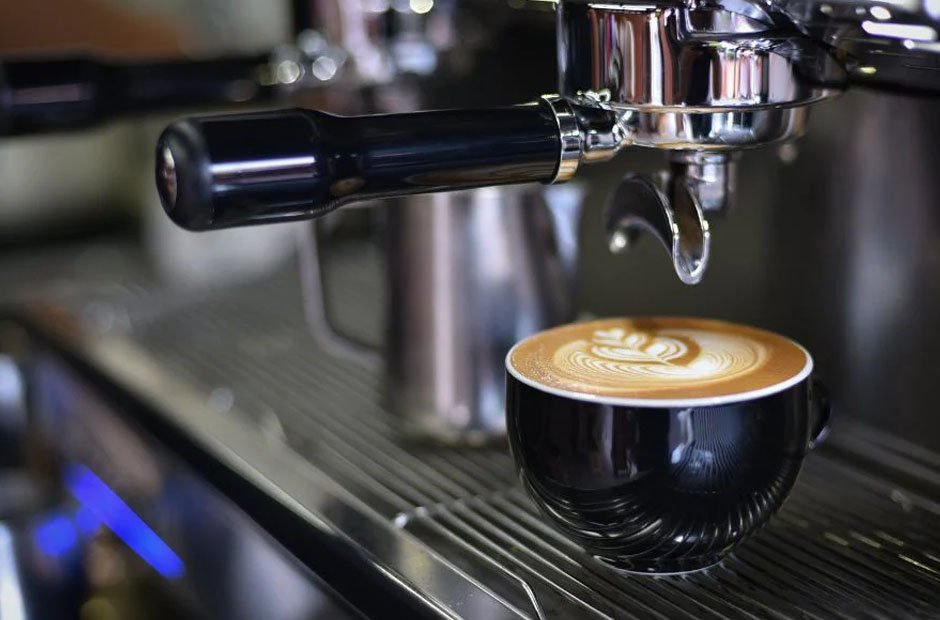Espresso aficionados and baristas alike are aware that creating the perfect espresso shot is akin to an art form. One fundamental aspect often overlooked, yet crucial to the extraction process, is the role of coffee tampers. Understanding the implications of tamping and its effect on the quality of espresso is essential for anyone looking to perfect their craft.
The Importance of Consistent Tamping
Tamping is the act of compressing the ground coffee in the espresso portafilter to produce a smooth, evenly distributed surface. The primary objective of tamping is to create the optimum resistance for water to pass through, which in turn influences the extraction time, crema formation, and ultimately, the taste of the espresso. Thus, consistent tamping pressure is vital for brewing a balanced and flavourful shot of espresso every time.
Understanding Tamping Pressure
Finding the right amount of pressure to apply when tamping can be a delicate balance. If tamped too lightly, the water quickly flows through the coffee resulting in under-extraction, producing a weak and sour espresso. Conversely, tamping too hard can cause over-extraction, yielding a bitter taste due to the prolonged exposure to hot water. The widely accepted standard is about 30 pounds of pressure; however, the key is consistency rather than the exact force used.
Choosing the Right Tamper
The market offers a plethora of tamping tools, but selecting the ideal tamper is a significant first step towards espresso perfection. Factors to consider include the tamper’s size, material, and ergonomics. A tamper which fits snugly into your espresso machine’s portafilter basket ensures an even distribution of coffee grounds, reducing the potential for channeling where water bypasses the coffee. A tamper’s weight and handle design can also contribute considerably to the ease of achieving consistent pressure during use.
Materials Matter
Materials used in the manufacture of tampers range from wood and plastic to stainless steel and aluminium. Metal tampers are often favoured for their heft and durability, aiding in the application of a consistent, level tamp. Moreover, the non-corrosive properties of stainless steel, for instance, ensure longevity and hygiene as it won’t react adversely with the coffee’s acidity.
Technique: Perfecting the Tamp
With the right tamper in hand, perfecting your technique is the next step. The key to a good tamp involves holding the tamper like a door knob, keeping the forearm and wrist straight to distribute pressure evenly. It is necessary to avoid angling the tamper as this can lead to uneven extraction. After the initial tamp, a slight twist can help lock the grounds in place, but it is important to maintain the initial level surface created.
Tamping and its Effect on Coffee Grind Size
The size of the coffee grind is another variable in the tamping equation. Fine grinds require a gentler tamp to avoid over-compacting, thus allowing proper water flow. In contrast, coarser grinds may demand slightly firmer pressure. Regardless of the grind, a uniformly compacted bed of coffee is the objective, demanding a thoughtful approach to tamping to ensure the best possible espresso shot.
Maintaining Your Tamper
As with all instruments of the craft, maintaining your tamper is important. Regular cleaning to remove coffee residue will prevent any unwanted flavours from tainting your espresso. Moreover, ensuring that the tamper’s base remains damage-free will guarantee a smooth surface for level tamping.
The Evolution of Tamping: Automatic Tampers
Advancements in coffee technology have led to the development of automatic tampers, designed to eliminate the variable nature of manual tamping. These devices apply a predetermined pressure level with every use, theoretically ensuring a perfect tamp. Whether to choose a traditional manual tamper or invest in an automatic counterpart is often a matter of preference and the desired level of control.
The Impact of Tamping on Espresso Machines
It’s crucial to remember that a tamper’s effectiveness may be influenced by the type of espresso machine being used. Professional-grade machines with stable water temperatures and precise pressure capabilities can accentuate the quality of a well-tamped shot. Conversely, on less sophisticated machines, even an impeccable tamp might not overcome inherent limitations in temperature and pressure stability.
Espresso Perfection: Practice Makes Perfect
Mastering the art of tamping is not something that occurs overnight. It requires patience, practice, and a willingness to learn from each shot pulled. Incremental adjustments to technique and pressure, while paying close attention to the resulting espresso quality, are foundational to honing this skill.
Final Thoughts on Tamping
Tamping stands as an indispensable component of espresso preparation. It demands respect for its nuanced role in the brewing process and an understanding of how a seemingly simple tool, like coffee tampers, can make or break the espresso experience. Whether you are a seasoned barista or an eager home enthusiast, take time to appreciate this crucial step – your espresso will thank you for it.
The Journey to Espresso Mastery
In conclusion, mastering your espresso extends beyond sourcing quality beans and a good espresso machine. It encapsulates a comprehensive approach, which includes fine-tuning the tamping process – a stage in which the tamper is not just a tool, but a bridge to the perfect espresso shot. For those dedicated to the craft, the path to espresso perfection is rich with the aroma of freshly tamped grounds, waiting to be transformed into a sublime, aromatic elixir, one tamp at a time.



